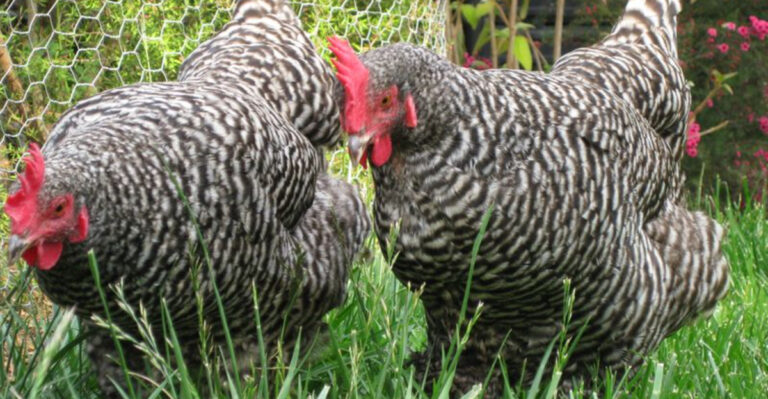8 Signs Of Stomach Ache In Cats And 5 Signs Your Cat Is Feeling Perfectly Healthy
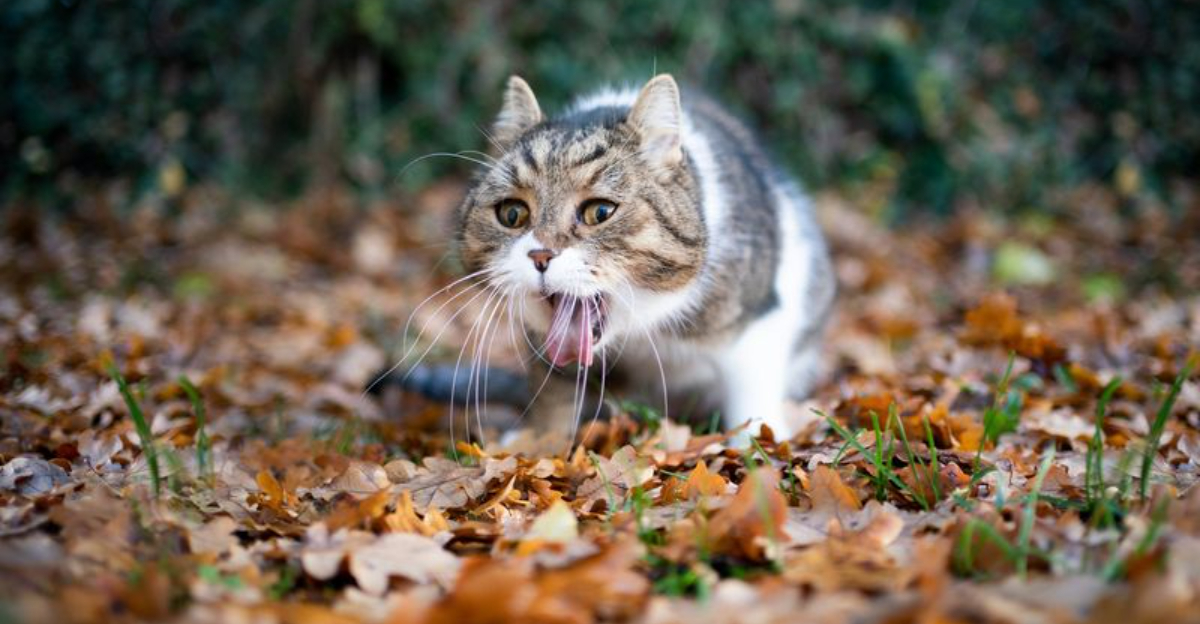
Ever wondered if your feline friend is suffering silently? Cats are masters at hiding discomfort, making it tricky to spot when they’re dealing with tummy troubles.
Knowing the telltale signs of both stomach distress and perfect health can help you provide better care for your furry companion and know when it’s time to visit the vet.
1. Excessive Vomiting

While occasional hairballs are normal, frequent vomiting signals potential digestive issues. Multiple episodes within 24 hours warrant attention, especially if the vomit contains food, bile, or blood.
Monitor your kitty’s vomiting patterns carefully. Some cats might vomit once after eating too quickly, but repeated episodes suggest something more serious might be brewing in their tummy.
2. Hunched Posture
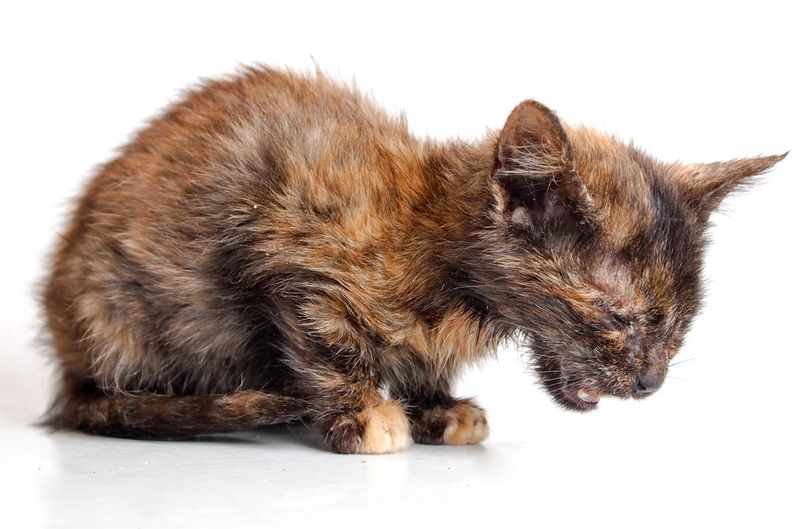
Pain makes cats curl into themselves protectively. A hunched position with arched back and tucked abdomen signals your cat is trying to minimize discomfort in their belly region.
You’ll notice them looking tense rather than relaxed, often sitting in this position for extended periods. This defensive posture helps reduce pressure on painful internal organs.
3. Refusal To Eat
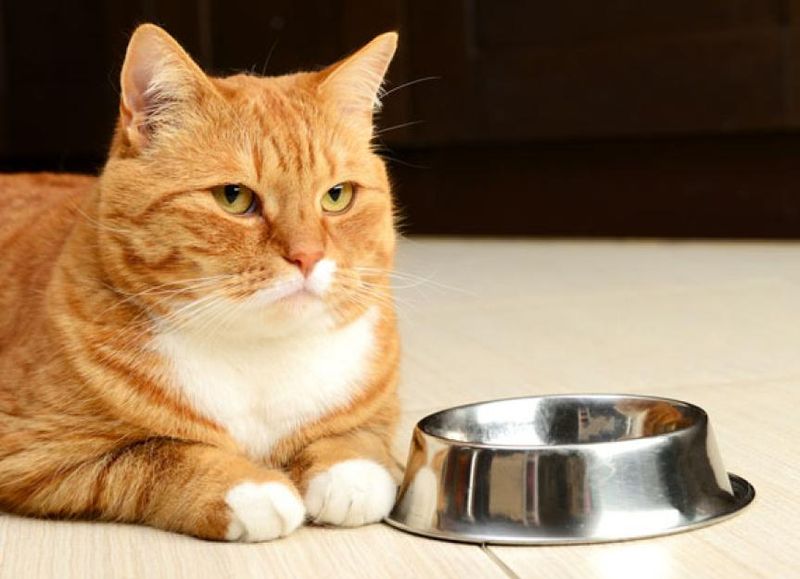
Normally food-motivated felines suddenly turning their nose up at dinner is a red flag. Stomach pain makes eating uncomfortable, causing even your usually ravenous cat to walk away from their favorite meals.
Watch for patterns – missing one meal might happen, but skipping several meals requires veterinary attention. Loss of appetite combined with other symptoms elevates the urgency.
4. Unusual Litter Box Behavior
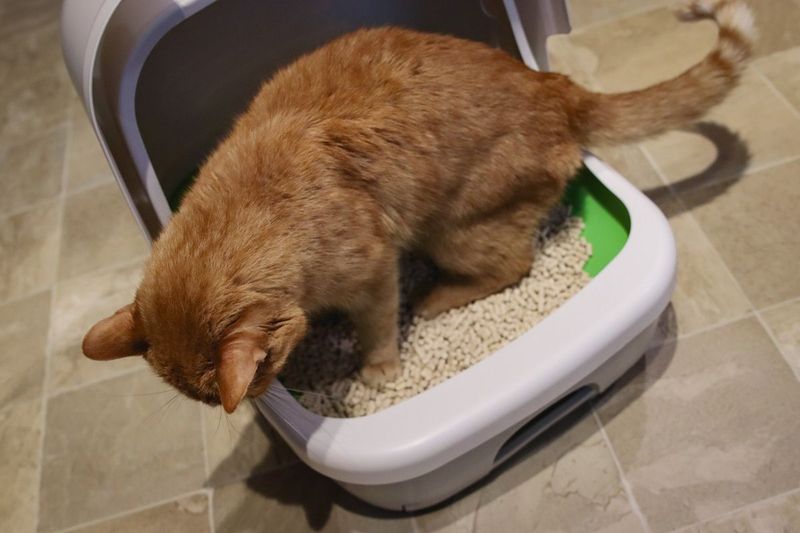
Digestive upset often shows up in the litter box. Diarrhea, constipation, or straining without producing waste can indicate tummy troubles. Some cats may visit the box more frequently but produce little.
The consistency and color matter too – watch for unusual colors or textures in their stool. Changes in bathroom habits lasting more than a day deserve professional evaluation.
5. Excessive Grooming Of The Abdomen
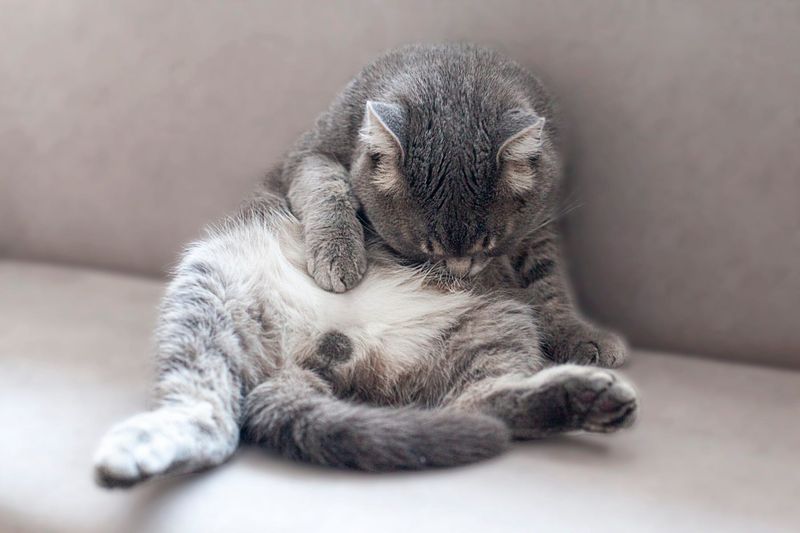
Cats instinctively lick areas that hurt. Focused, intense grooming of the belly area often indicates discomfort in that region. You might notice a wet patch or even hair loss from over-grooming.
This behavior differs from normal cleaning routines by its intensity and concentration on one area. Your cat may seem almost obsessive about licking their tummy, sometimes to the point of creating bald spots.
6. Growling When Touched
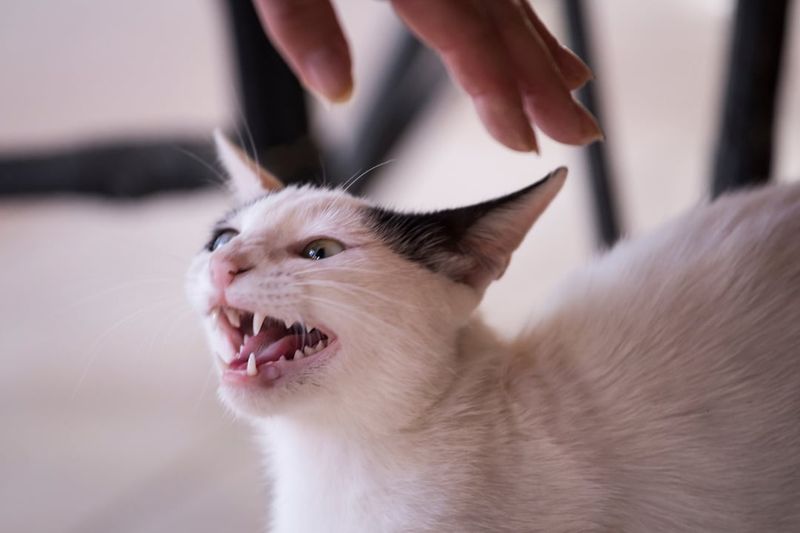
Even the sweetest cats might react defensively when you touch a painful belly. Unusual aggression, hissing, or growling when you pet their abdomen suggests they’re protecting a tender area.
This behavior represents a sudden change in temperament rather than typical grumpiness. Your normally cuddly companion may swat at you or try to escape when you attempt to handle them around their midsection.
7. Lethargy And Hiding
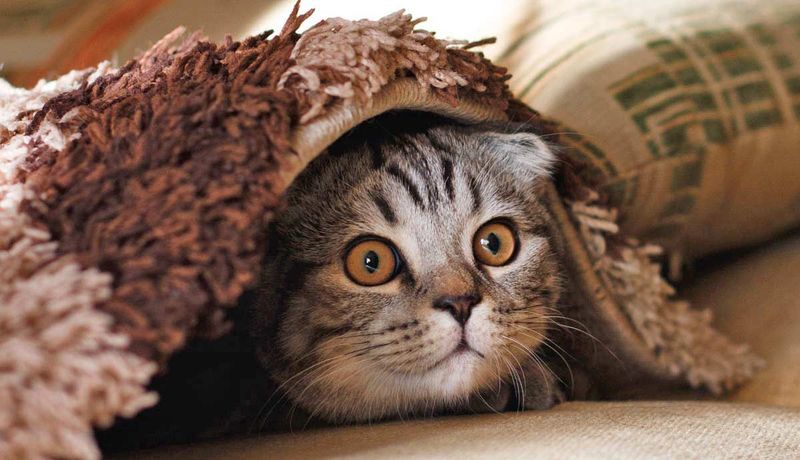
Stomach pain drains energy and triggers withdrawal. A normally active cat suddenly spending hours under the bed or in closets, showing little interest in play or interaction, may be nursing a tummy ache.
They’re conserving energy to heal and seeking quiet, safe places to recover. This retreat from normal activities combined with unusual stillness indicates your cat isn’t feeling their usual self.
8. Unusual Body Temperature
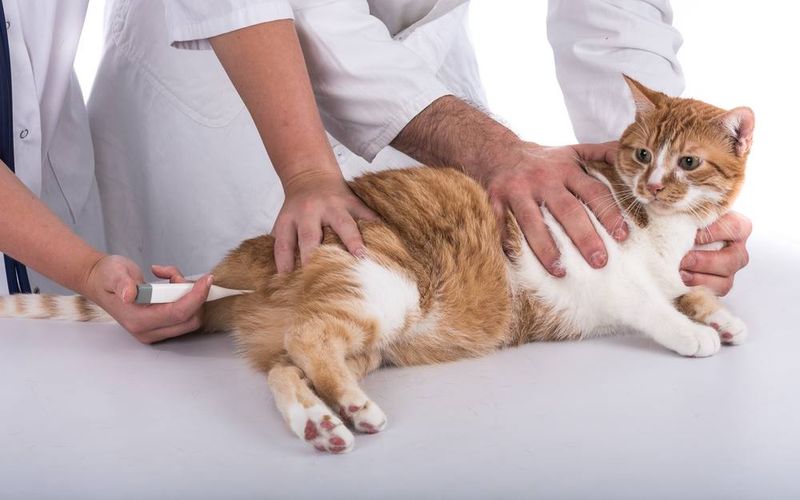
Fever often accompanies digestive infections, while a too-cool body suggests serious issues. A cat’s ears and paws feeling unusually warm or cold can be telling signs.
Normal temperature ranges between 100.5-102.5°F. Anything outside this range, coupled with digestive symptoms, warrants immediate vet attention. Some stomach problems create inflammation that raises body temperature noticeably.
9. Bright Eyes And Alert Ears
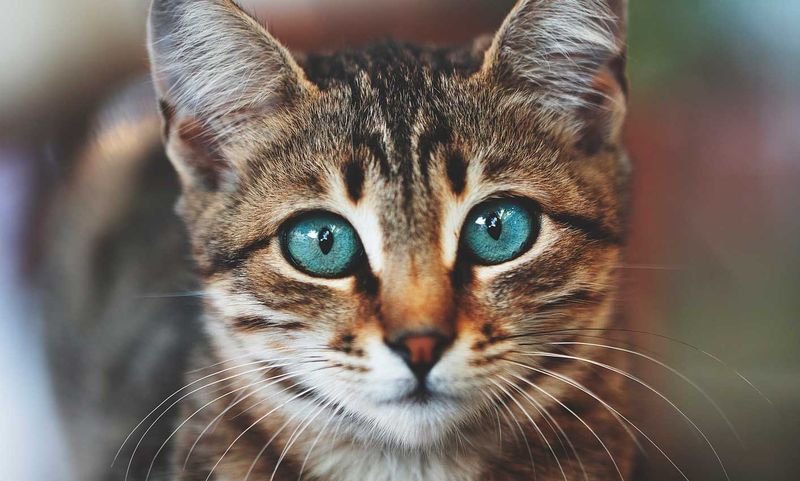
Clear, bright eyes without discharge signal general wellbeing. Healthy cats have alert, forward-facing ears that respond quickly to sounds around them.
Their pupils should react normally to light changes. This attentiveness shows their nervous system is functioning well. A cat with stomach issues typically shows duller eyes and less responsive ears as they focus inward on their discomfort.
10. Playful Energy Bursts
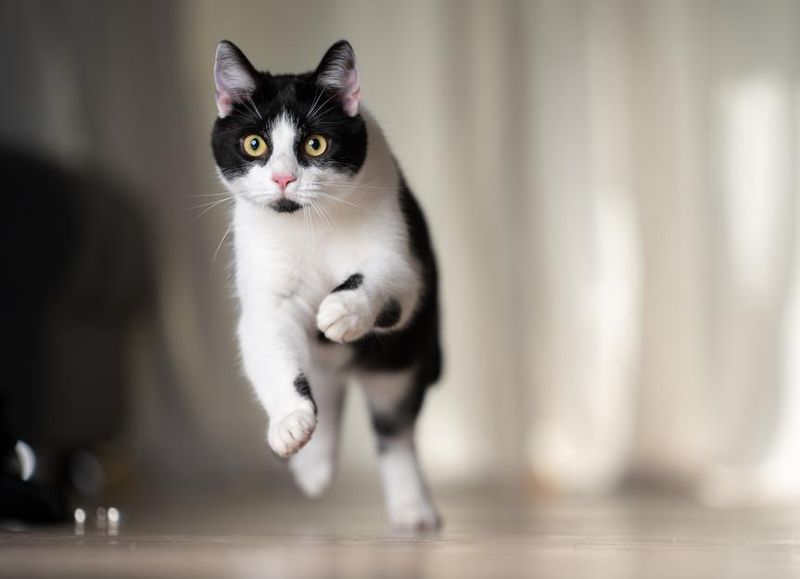
Random zoomies and playful pouncing indicate a feeling of wellness. Healthy cats engage enthusiastically with toys and initiate play sessions, showing their body feels good enough for physical activity.
These energy bursts typically occur several times daily, especially in younger cats. A cat dealing with stomach discomfort rarely musters the enthusiasm for sustained play or those classic midnight racing sessions around the house.
11. Healthy Appetite And Regular Eating
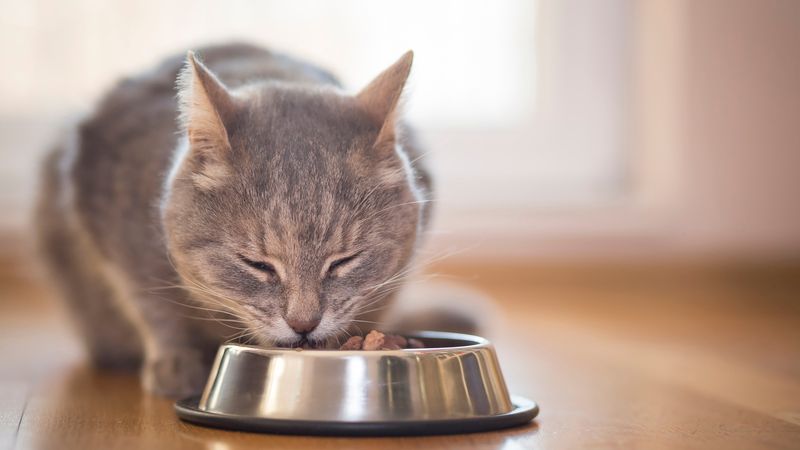
Consistent interest in meals suggests a happy digestive system. A healthy cat approaches food with enthusiasm and maintains regular eating patterns without vomiting afterward.
They typically finish portions appropriate for their size and age. Watch how they eat too – comfortable cats take their time rather than gulping anxiously. Maintaining a healthy weight without fluctuations further confirms their digestive system works properly.
12. Smooth, Glossy Coat
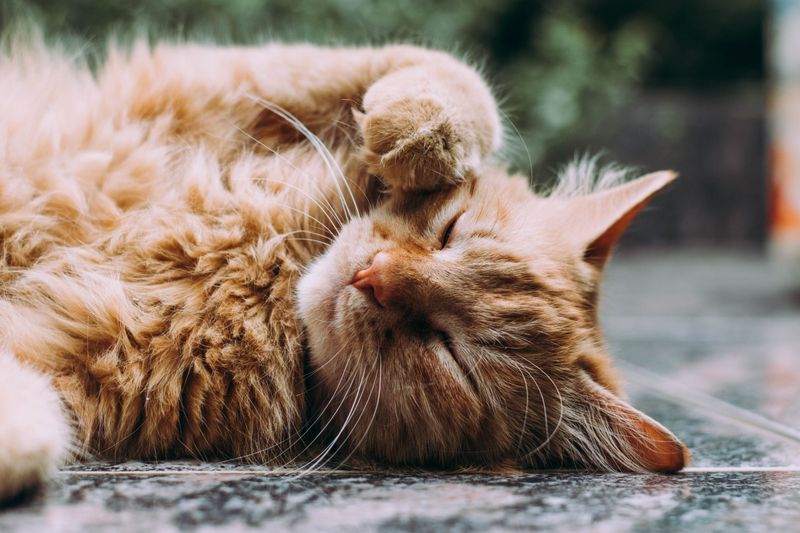
A shiny, well-groomed coat reflects internal health. Cats feeling good devote proper time to grooming, resulting in sleek fur without excessive dandruff, mats, or oily patches.
The quality of their coat directly connects to digestive health and nutrient absorption. Regular self-grooming also indicates they’re flexible and comfortable enough to reach all body areas, something cats with abdominal pain often avoid.
13. Relaxed Body Language
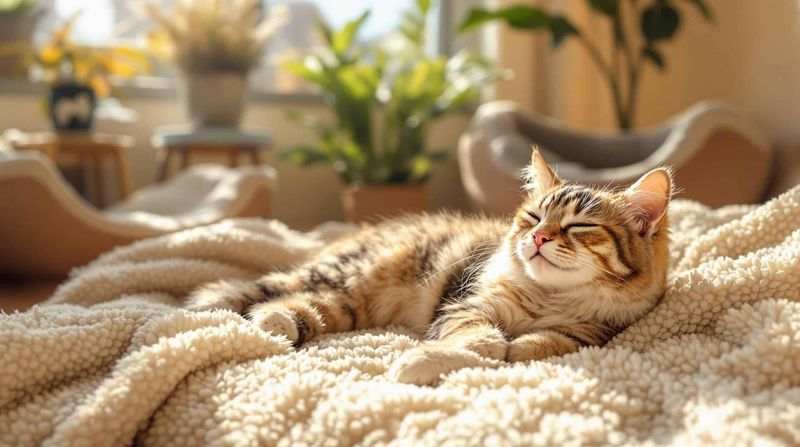
Loose muscles and a calm demeanor indicate physical comfort. A healthy cat lounges with relaxed posture, sometimes with paws tucked under or stretched out comfortably, purring contentedly.
Their tail might lazily flick or remain still rather than tucked tightly. This relaxed state contrasts sharply with the tense, guarded positions cats adopt when experiencing stomach pain. Slow blinking eyes also signal they feel secure and pain-free.


